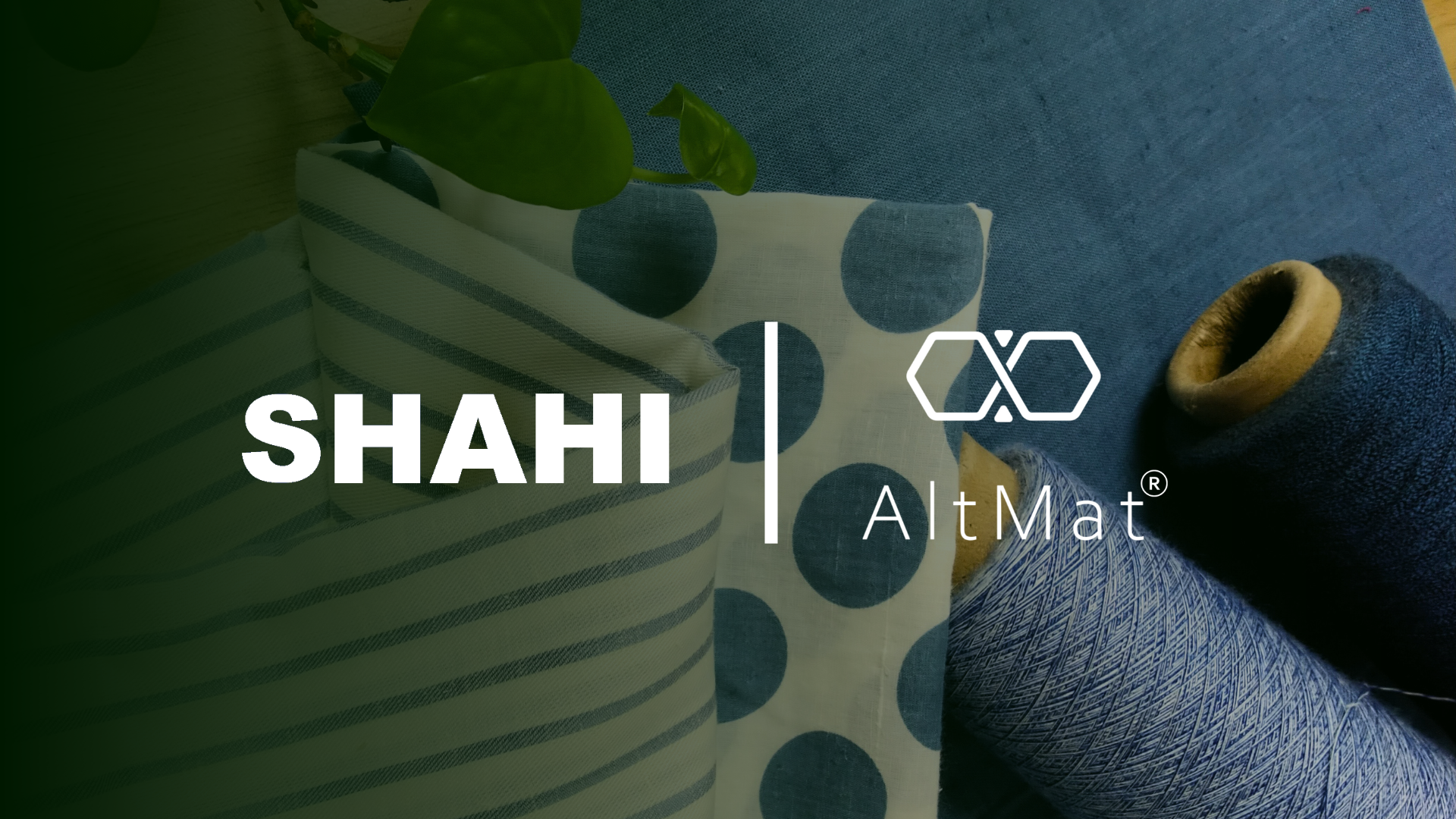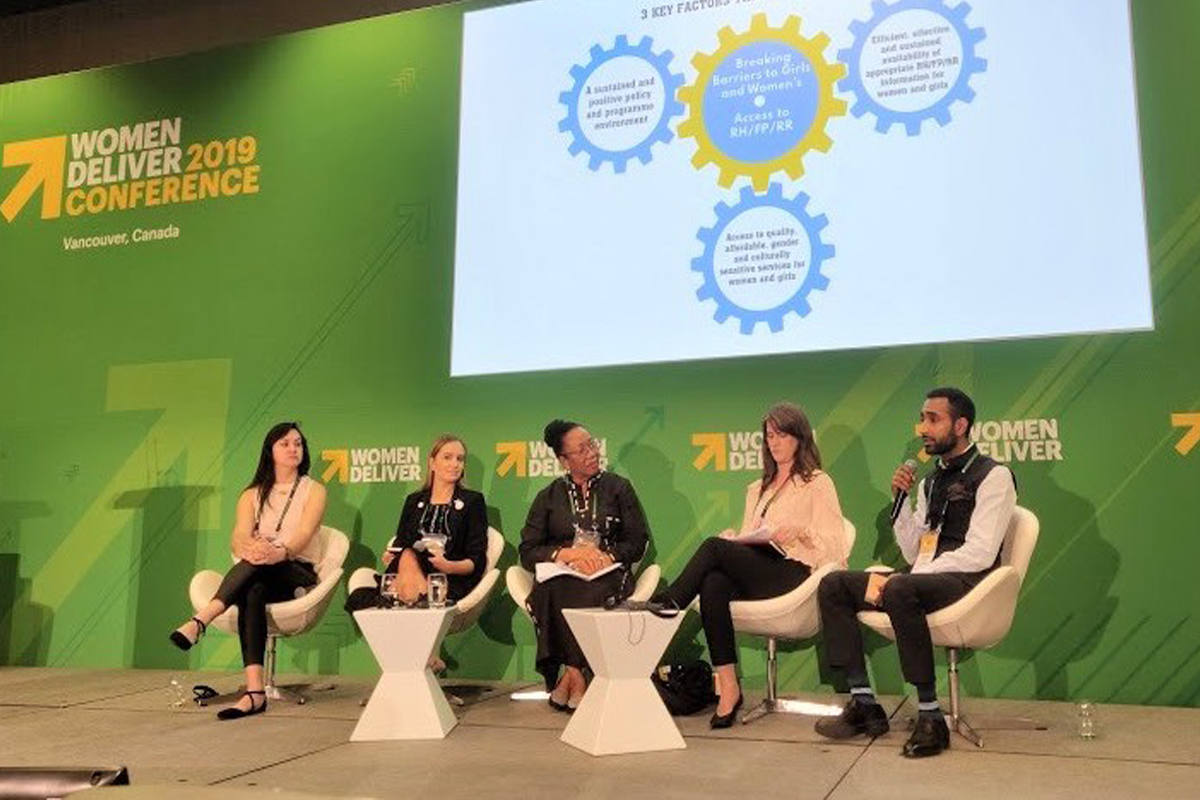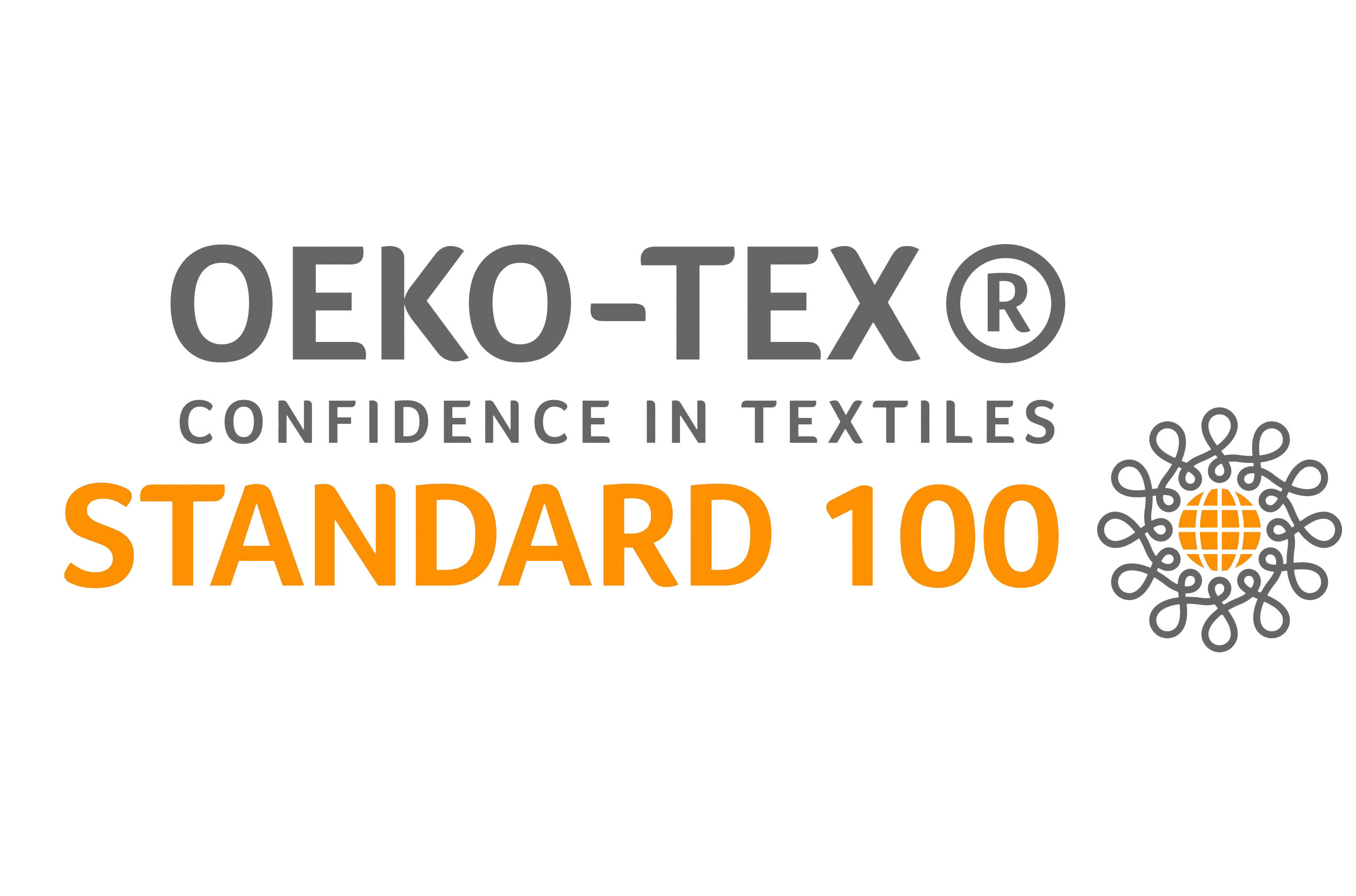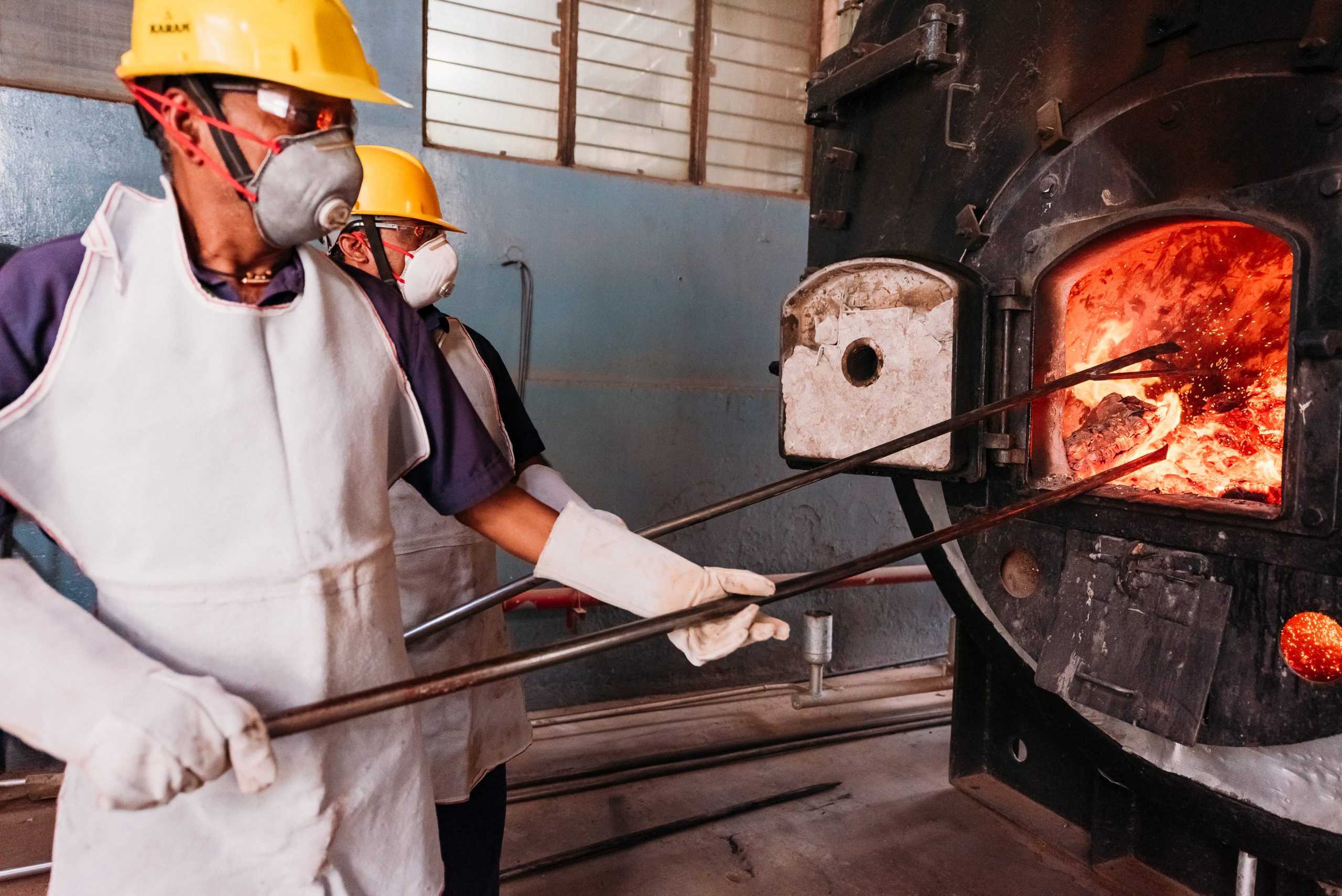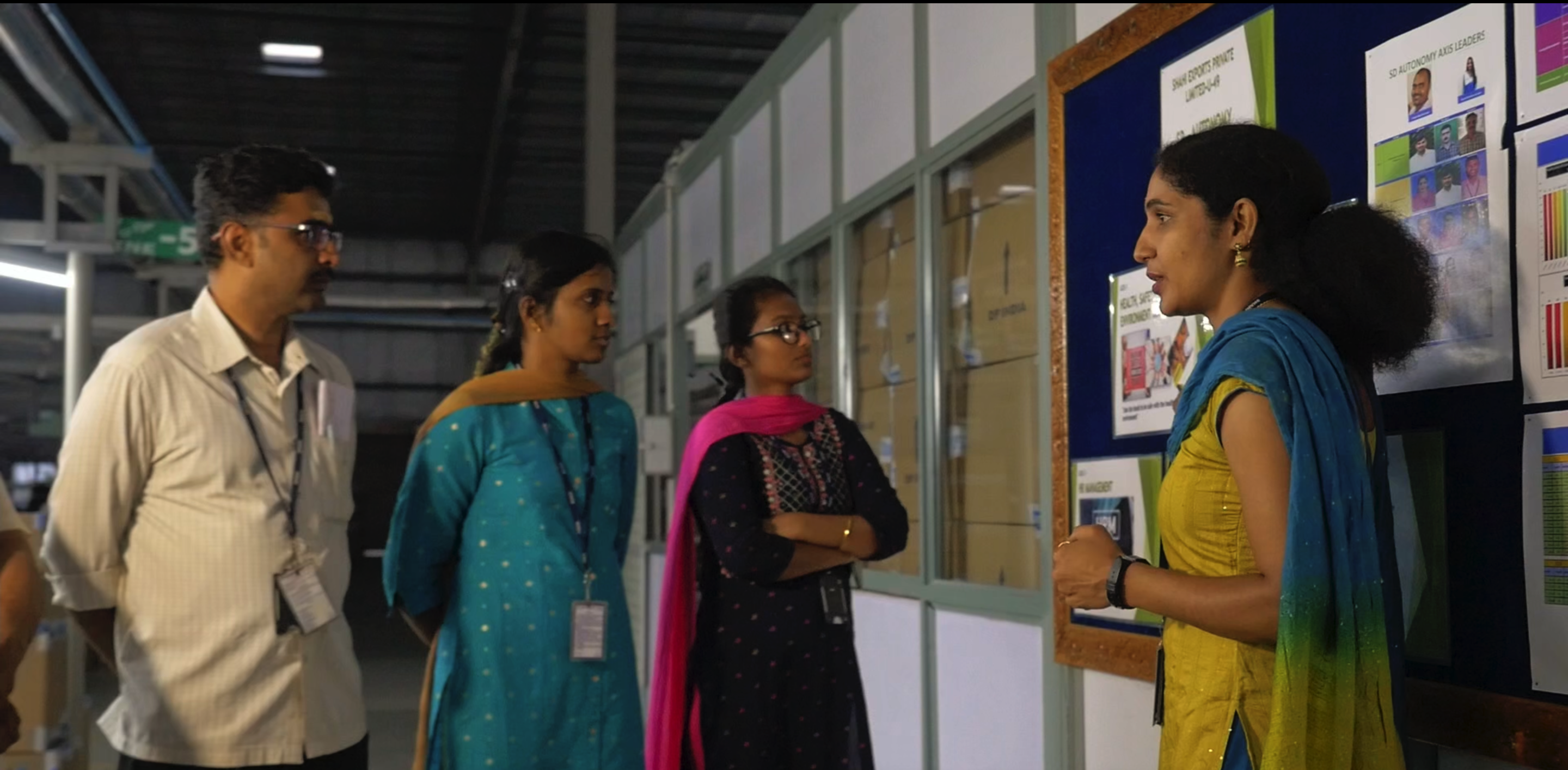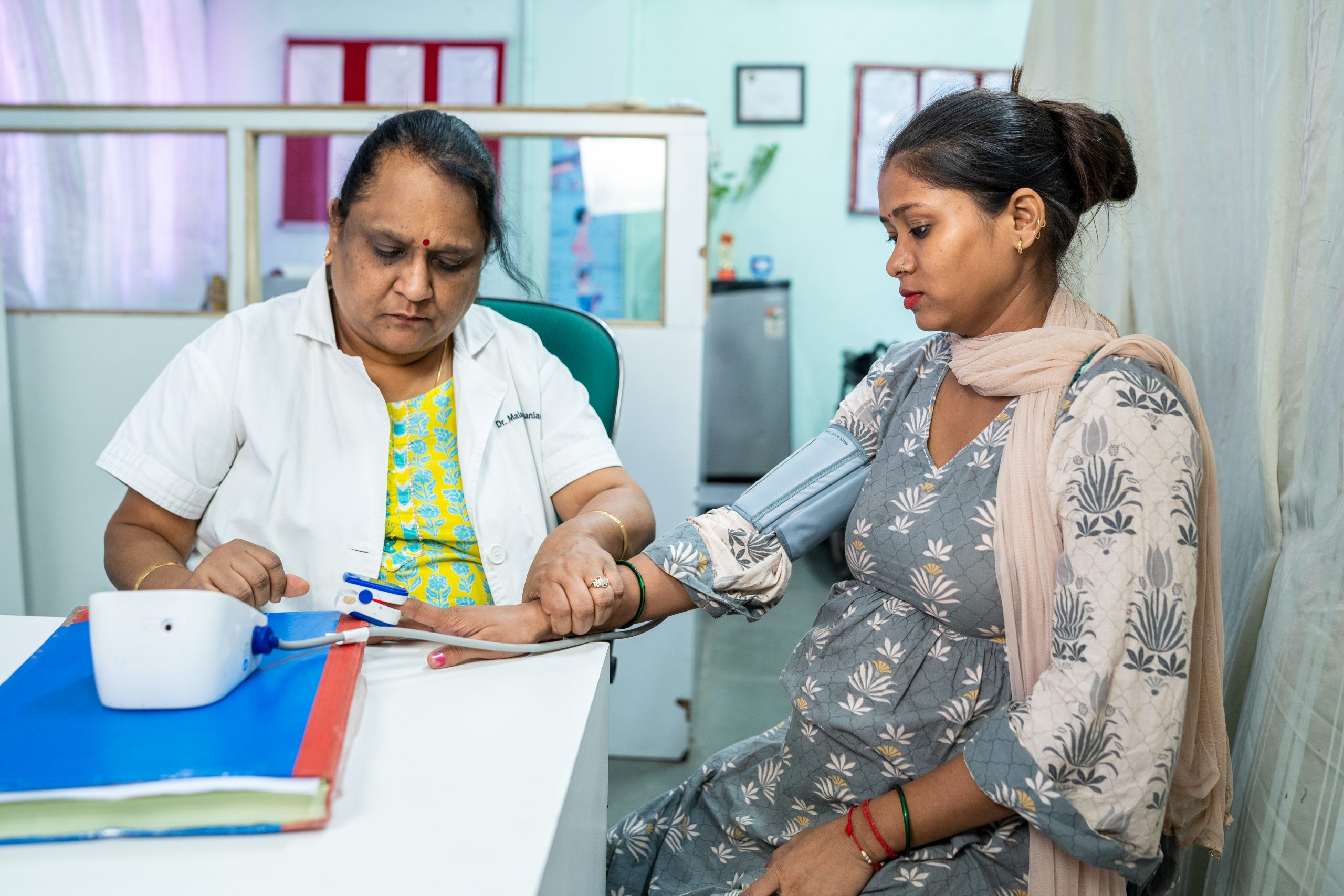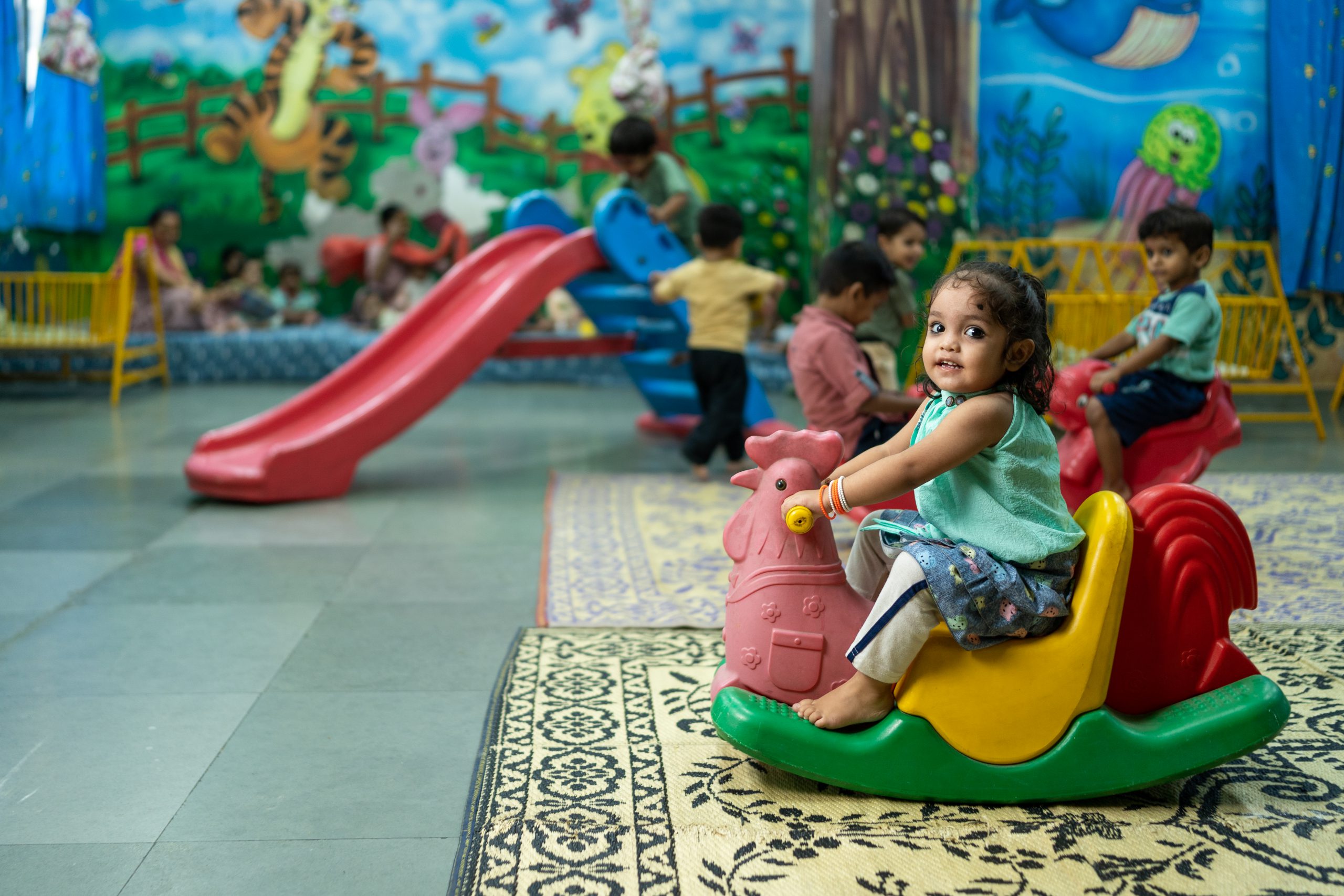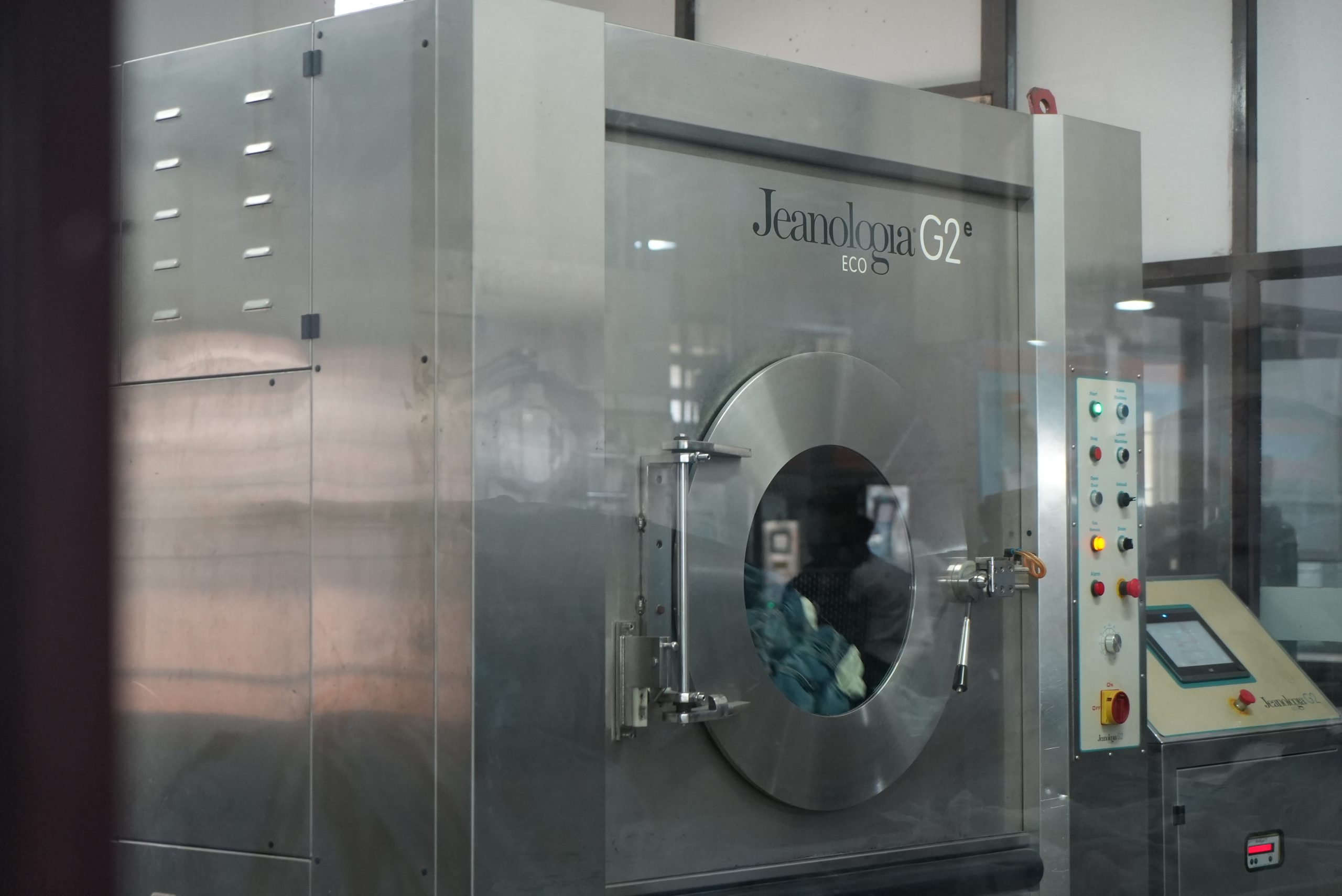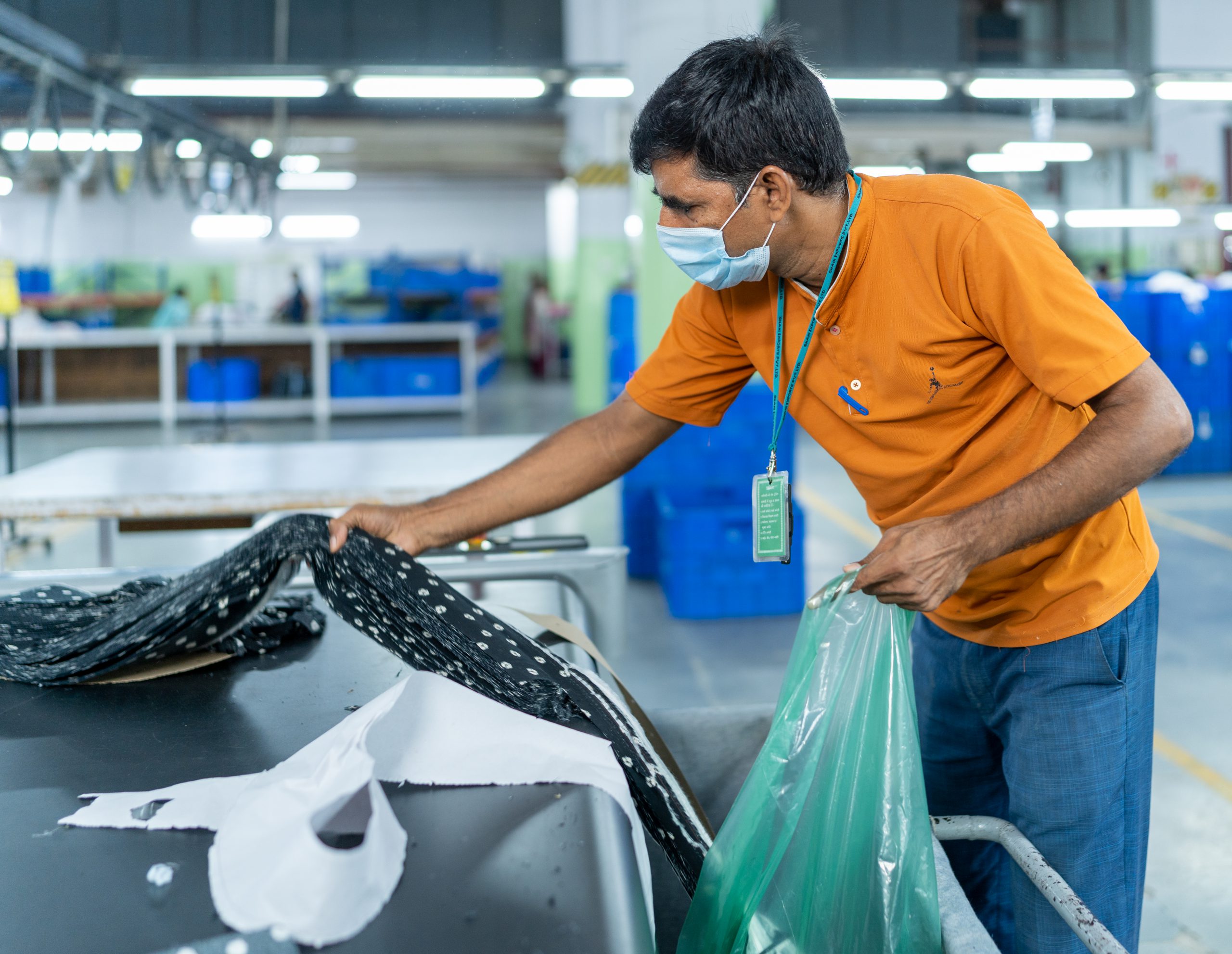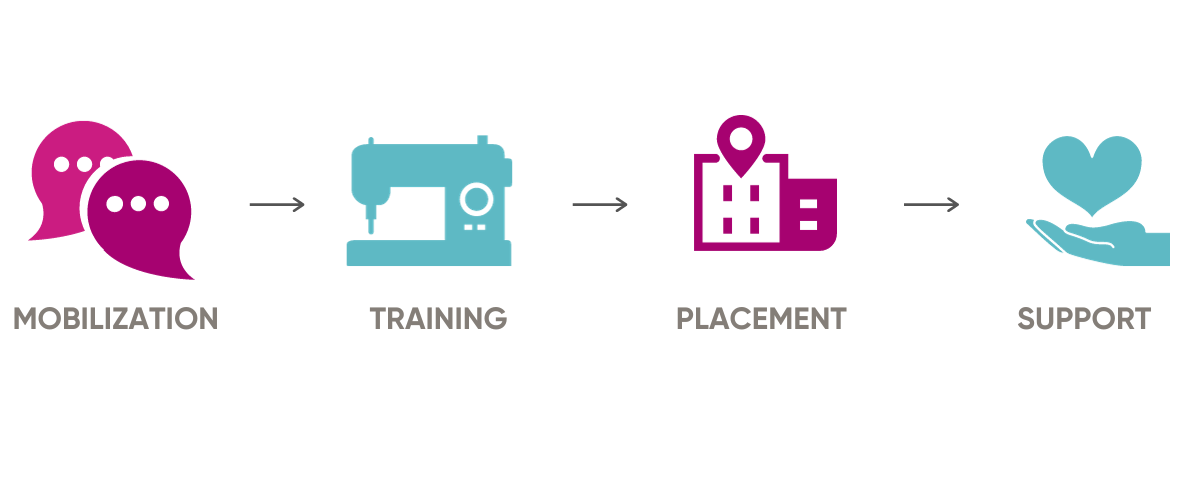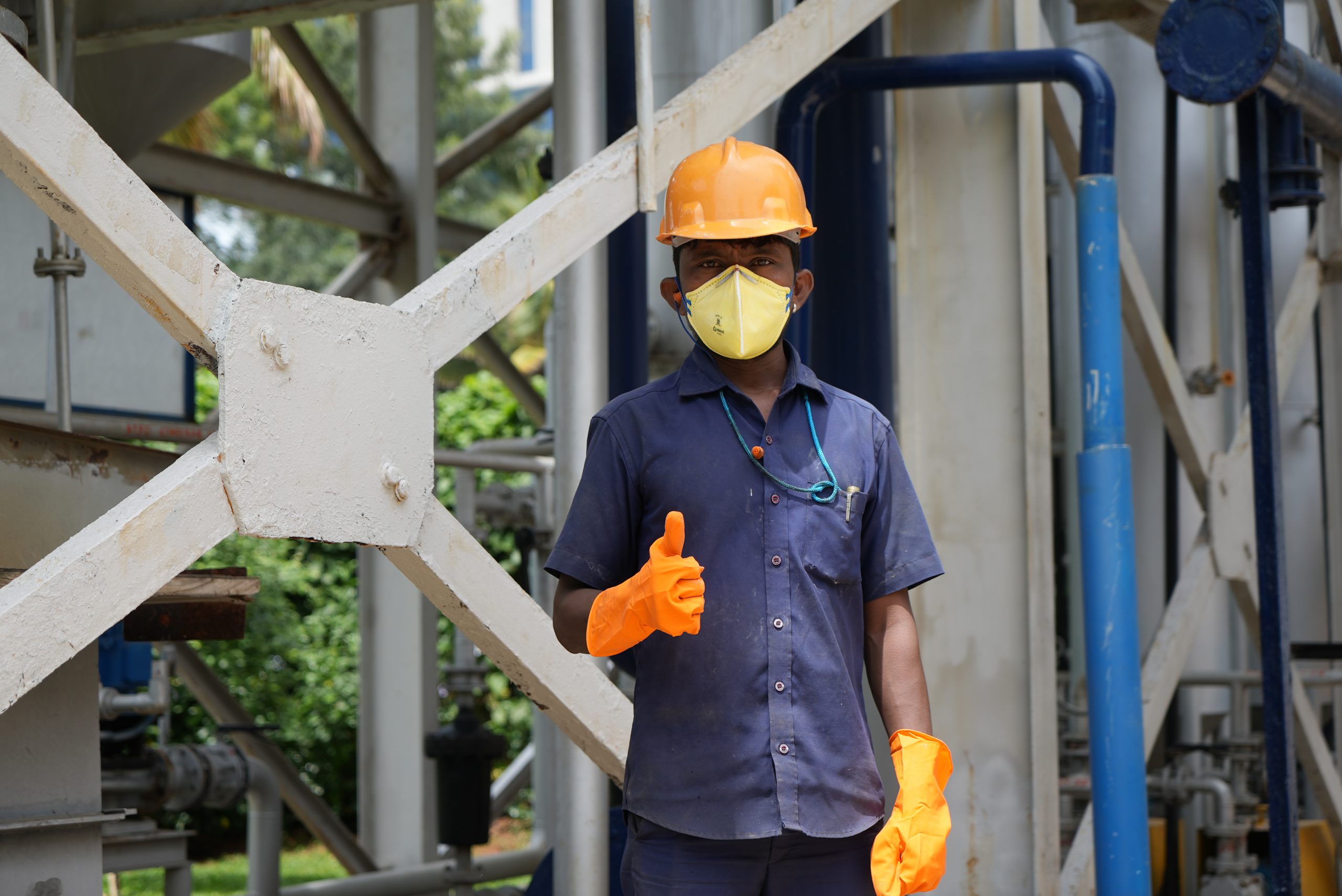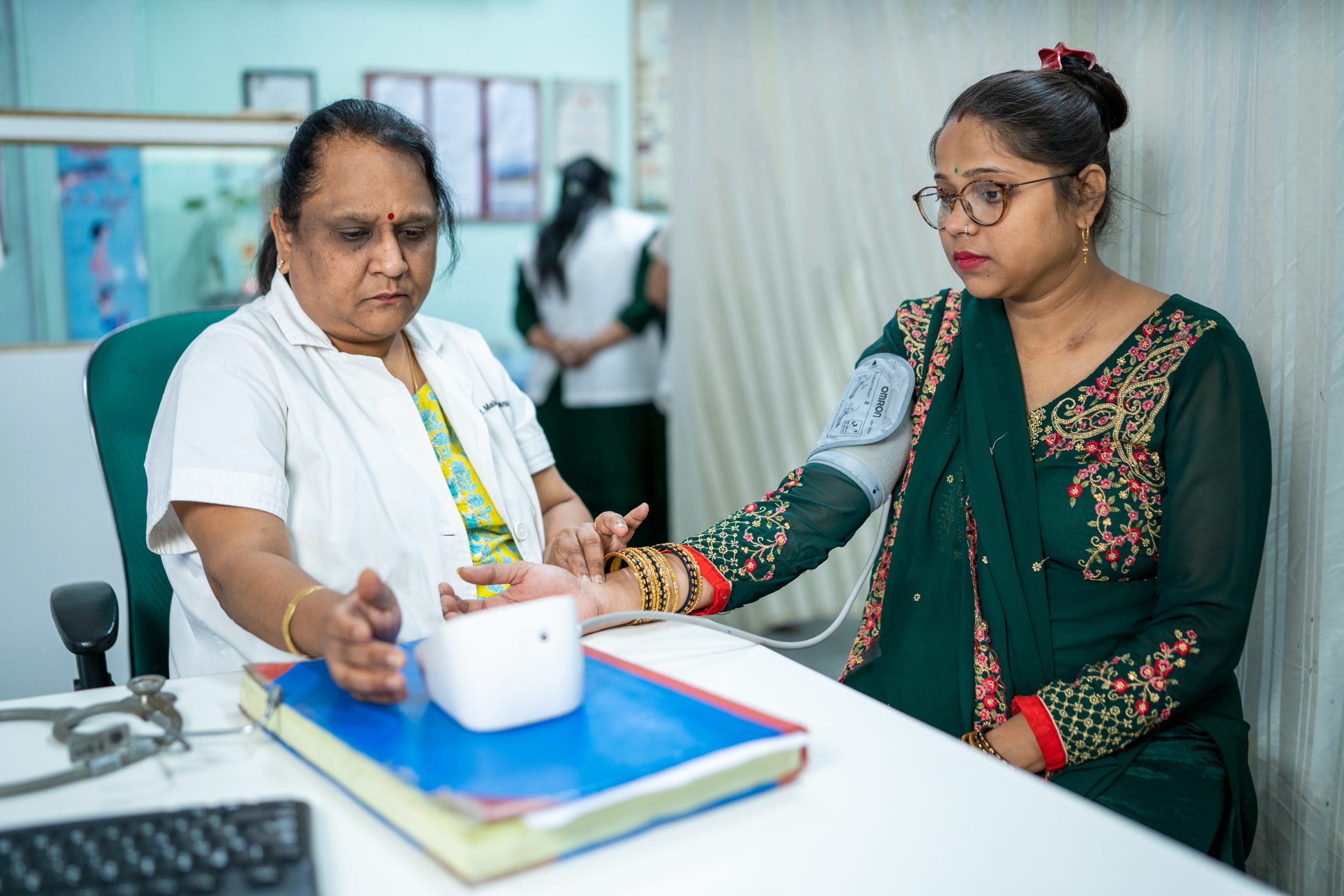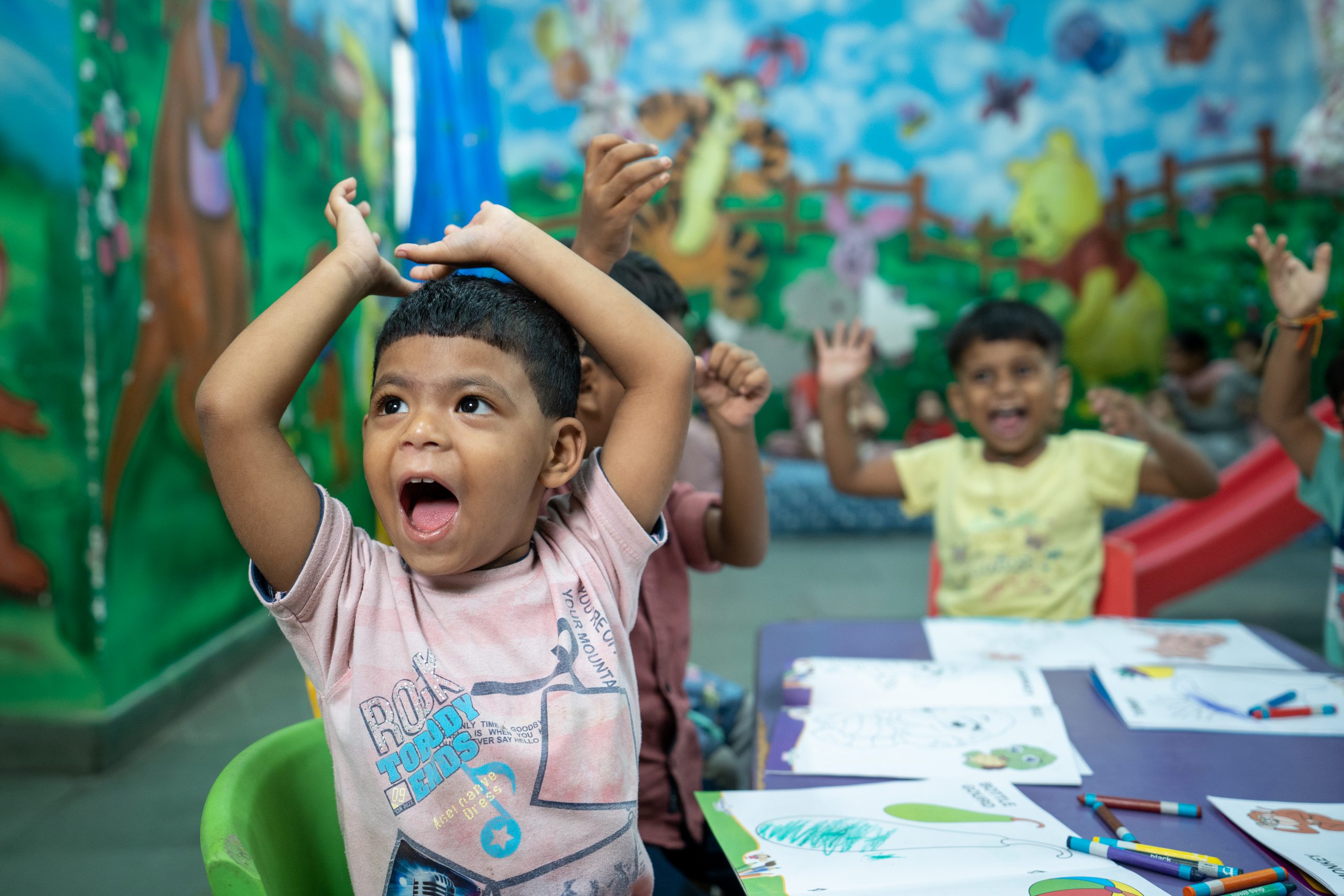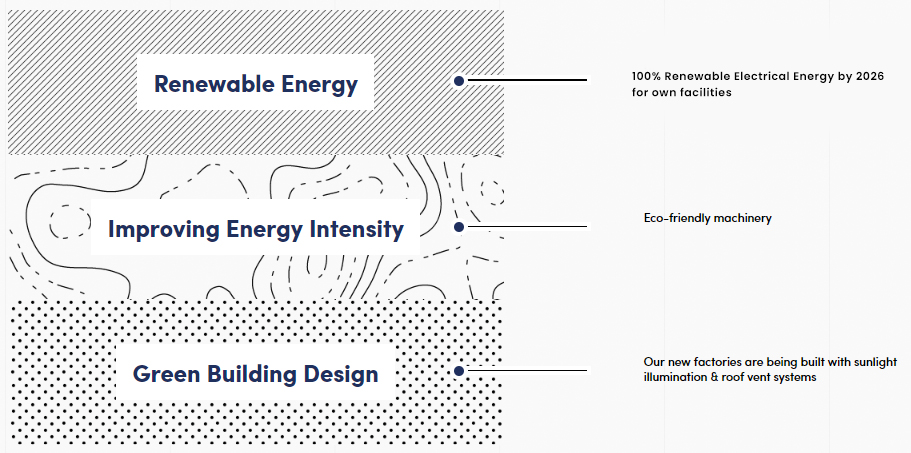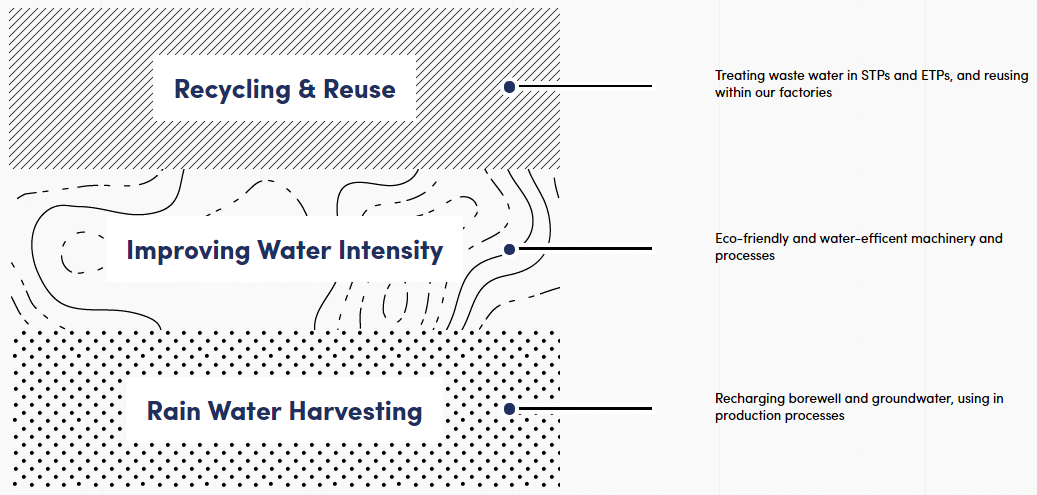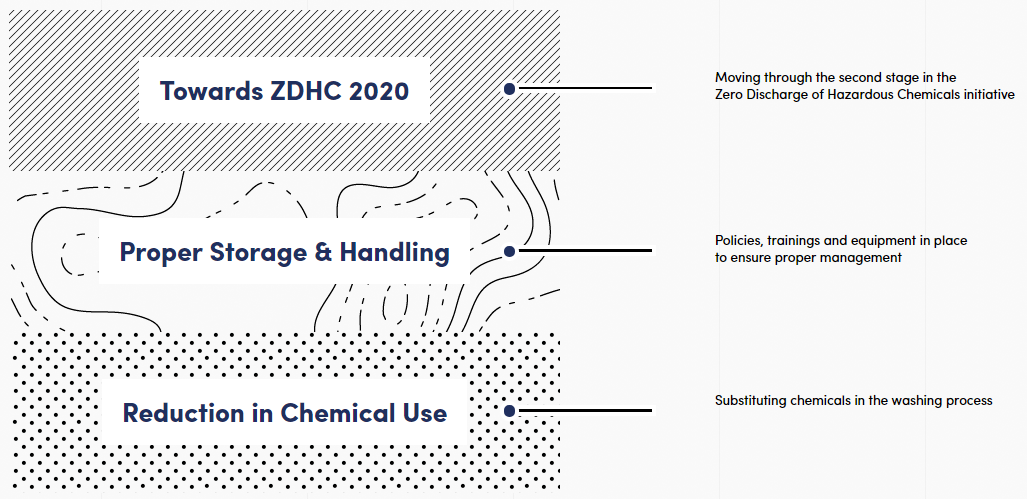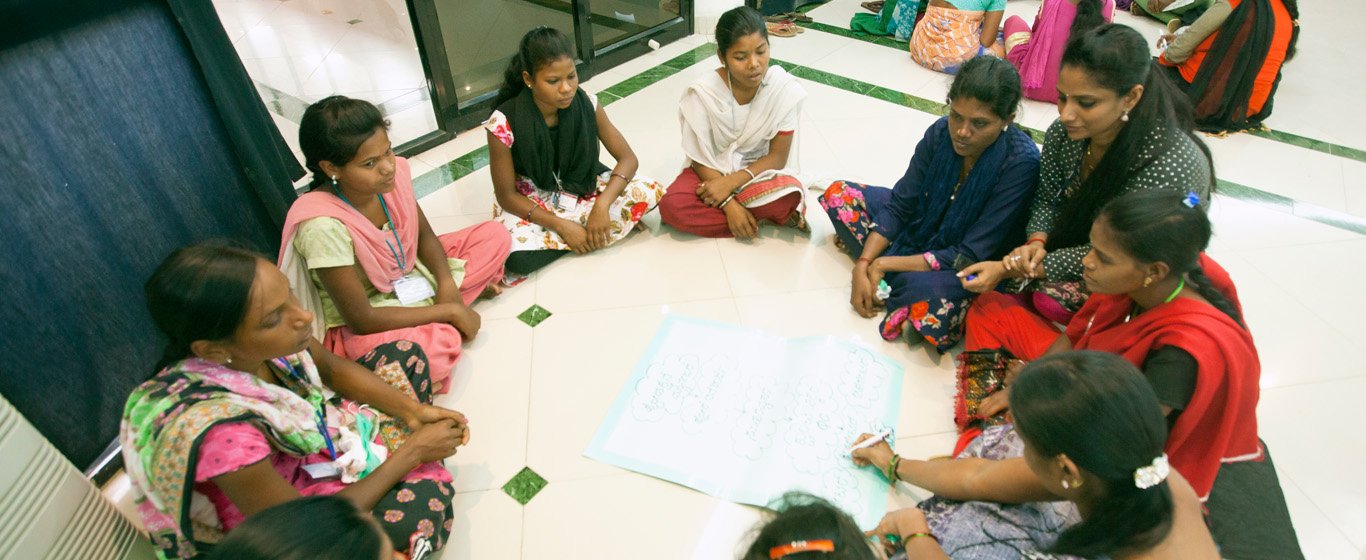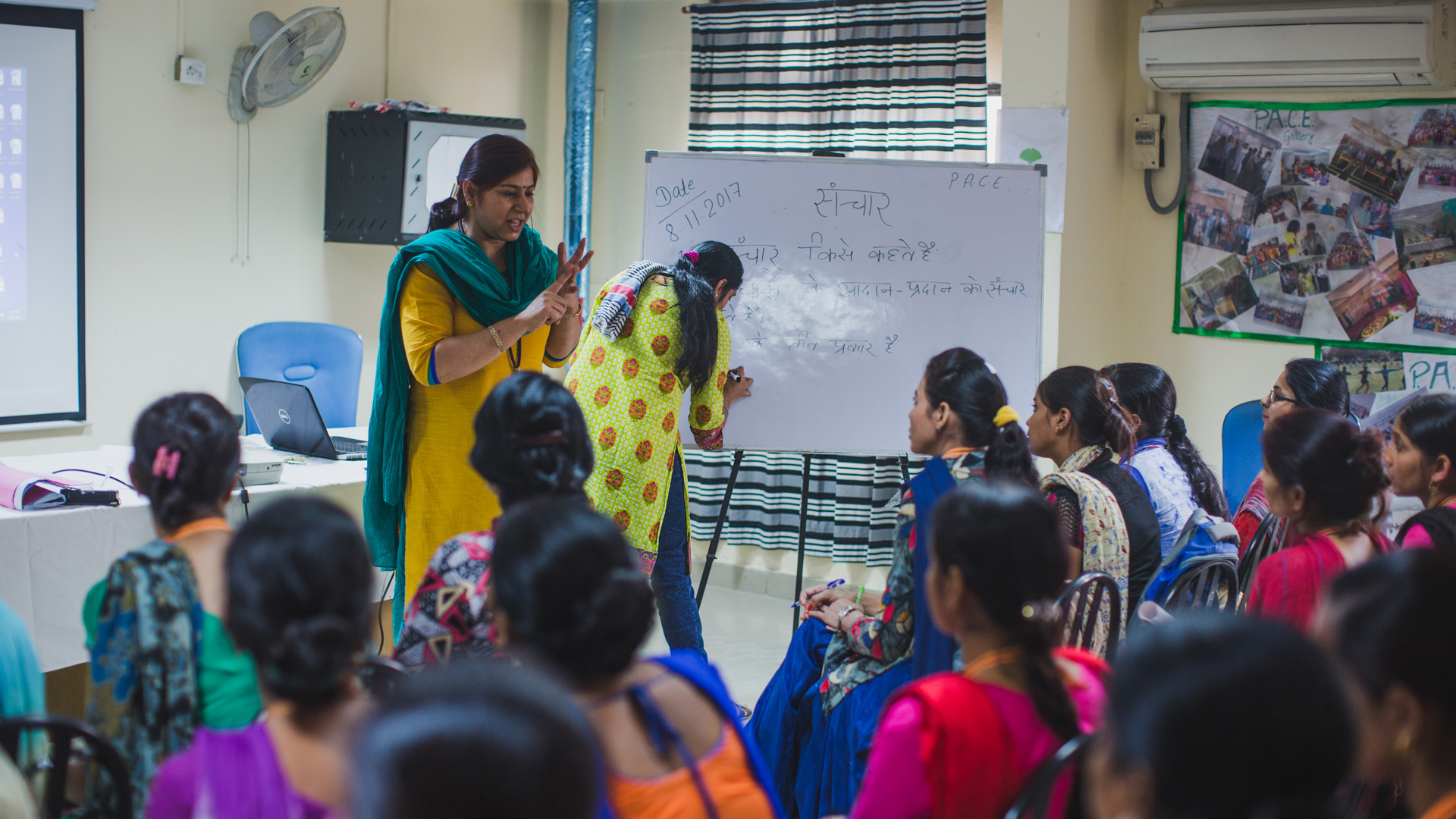FED Case Study on Shahi Exports: Stitching India’s Manufacturing Success
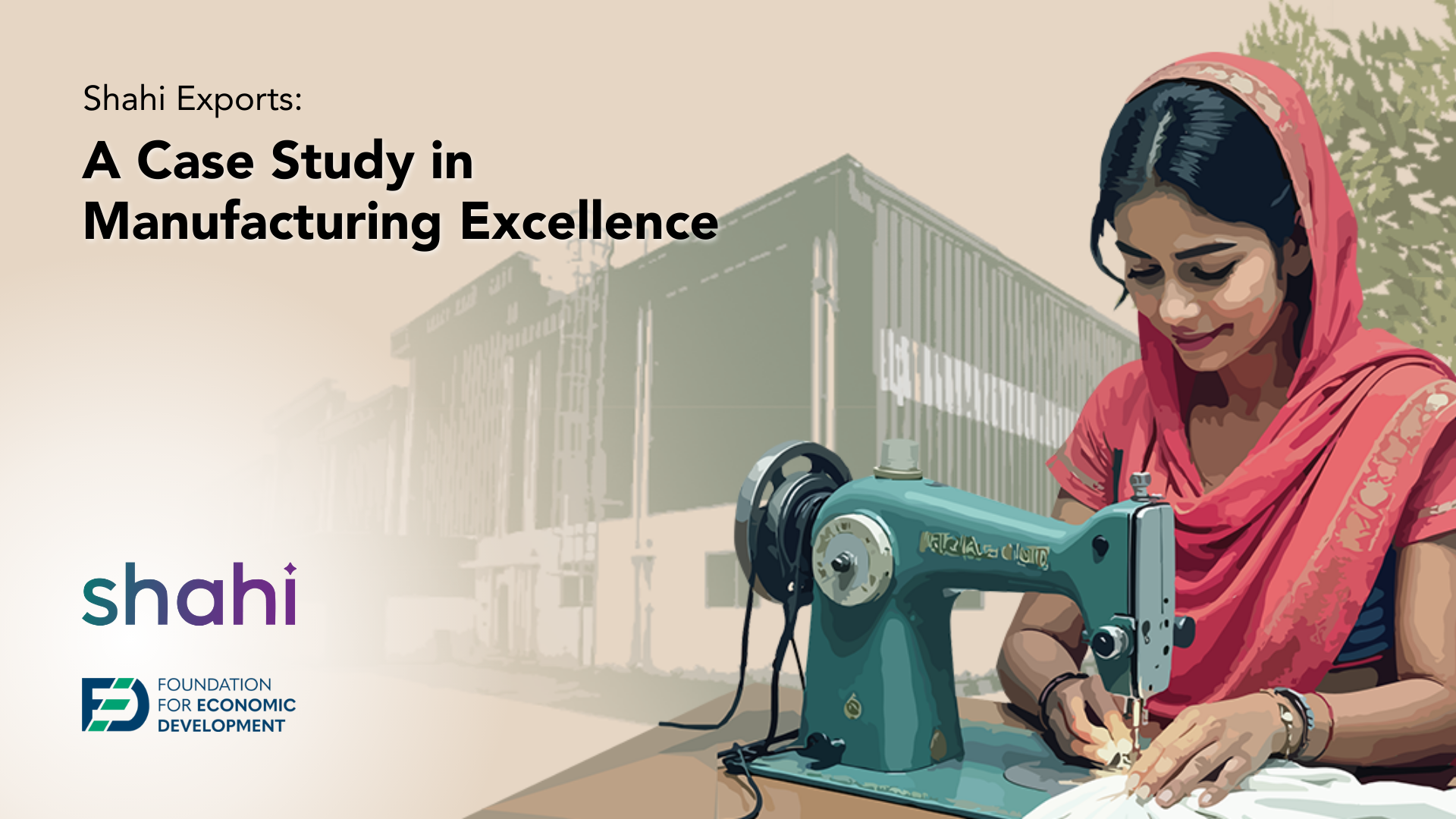
The manufacturing sector in India currently contributes 17% to the nation’s overall GDP. India has the advantage of a young and ambitious demographic dividend. Therefore, it aims to reach 25% of its economic output from the manufacturing sector by FY 2025-26. Several factors can fuel this growth: government initiatives, a young workforce, rising domestic demand, and global supply chain shifts. The textile industry plays a vital role in the manufacturing sector, contributing 13% to the overall industrial production. It is the country’s second-largest employer after agriculture. The industry plays a crucial role in job creation and warrants an in-depth study to identify the challenges and opportunities ahead.
To understand the sector’s unique challenges, the Foundation for Economic Development (FED) conducted a comprehensive case study. The study focused on Shahi Exports, India’s largest apparel manufacturer. FED is an organization focused on promoting sustainable economic growth through research, data-driven insights, and strategic partnerships. It aims to provide key stakeholders with the knowledge needed to address challenges and support development across industries. Shahi’s 50-year journey provides a valuable perspective on both the opportunities and challenges within the Indian textile industry.
FED’s Analysis of Shahi and its Manufacturing Roadmap
In the case study, ‘Shahi Exports: Stitching India’s Manufacturing Success,’ FED examines Shahi’s history, evolution, and strategies for navigating India’s manufacturing challenges. Shahi’s rapid and sustained growth, high employment rates, and prominent presence in this labor-intensive industry made it a focal case.
FED’s study highlights the challenges that limit India’s ability to leverage its demographic dividend in manufacturing. These include a strict and complex regulatory framework, lengthy compliance management, customs and trade barriers, and logistical constraints from a highly fragmented textile supply chain. Such factors make it difficult for large-scale manufacturers to thrive. FED’s study examines Shahi’s journey and the factors contributing to its growth. From a small home operation with fewer than 15 employees, Shahi has grown into a major employer. Today, it supports over 100,000 individuals, 70% of whom are women. Shahi’s emphasis on leadership management, high operational efficiency, and a commitment to people and the planet have stood out in FED’s analysis. Here are the identified practices that have driven growth:
- Professional Management in leadership and decision-making
- Operational Efficiency through Vertical Integration
- Scaling operations across 8 Indian states
- Worker-centric policies catering to career, health, and skill development
Industry-Research Collaboration and Actionable Insights
The FED study offers a comprehensive view of the industry’s unique challenges, comparing India with competitors like Vietnam and Bangladesh. It is a combination of academic and industry perspectives, bringing structured methodology and actionable solutions.
This study also serves as a reminder of the importance of industry partnerships. These partnerships lay a foundation for targeted actions that stakeholders can implement effectively. Building on these insights, the analysis provides a more holistic view of the opportunities that need the synergy of stakeholders across the private and public sectors. Key enabling conditions and ethical business practices can propel the Indian apparel and textile industry towards sustainable growth. To get a holistic view of the study’s insights, read the case study here.

